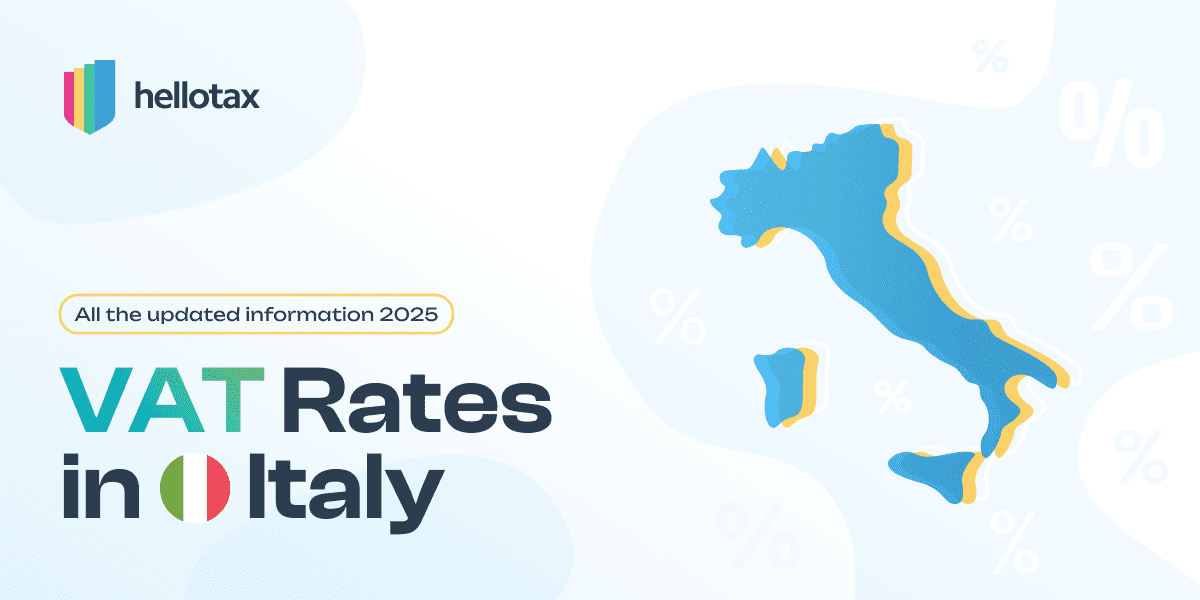For more updated information please check here.
Antonia Klatt
Last Updated on 11 November 2019As you know, tax rules, rates and other regulations are constantly changing in the EU. The purpose is to react properly to current developments and trends and to guarantee a fair competition within the European Union and abroad. Here is a brief overview on the most important changes in VAT rates in 2019.

VAT Changes in Europe
Here you find a list of various European countries which made some changes in the VAT law and regulations:
Croatia, Malta
In these 2 countries, the respective VAT rate on e-books were decreased to 5%.
Finland
Finland lowers its VAT on e-books and e-newspapers. The new rate that applies is 10% and the effective date is 1 July 2019.
Germany
From 1st January 2019, new regulations were introduced to make marketplaces like Amazon jointly liable for VAT in Germany. Therefore, marketplaces now collect information from the sellers and sellers need to provide certificates that confirm that hey are registered for VAT, the F22 Certificate.
Greece
There were several changes announced in Greece, several VAT rates shall be reduced by the end of 2019. The Greek VAT rate for food & drinks (e.g. in restaurants or take-away food) will decrease from 24% to 13% and the rate for hotel accommodations shall be 11% instead of 13%.
The selected categories were not chosen randomly. These changes will mainly benefit tourists and the aim is to boost tourism and strengthen the local economy.
Hungary
In Hungary, there have been changes for telecommunication services that are provided to non-tabale customers in other European countries via distance selling.
If the net amount for those services doesn’t reach 10,000 EUR, the place of supply that is connected with the taxation is not the country of the customer but the country of the supplier – and the supplier is taxable.
Ireland
At the beginning of the year, the VAT rate for e-books was decreased from 23% to 9%. While the Irish VAT on e-book was decreased, there was an increase in the taxation of the tourism sector. The rate of 9% was increased to 13.5%.
Lithuania
The former VAT rate on e-books was reduced from 9% to 5% (same rate as in Croatia and in Malta).
Further, there will be a decrease in the SAF-T limit for online sellers. We take a closer look at SAF-T in general, and new regulations in particular, next week.
The Netherlands
Besides the standard VAT rate of 21% and the rate of 0%, the Netherlands naturally has a reduced VAT rate as well. This reduced VAT rate, that applies e.g. for foodstuffs or books, was increased at the turn of the year from 6% to 9%.
Further, the import of classic cars that are 30 years old or older will be subject to a VAT rate of 9%, not 6% anymore.
Norway
The use of SAF-T will become mandatory in Norway by 2020. More about that in a blogpost we will publish next week.
Poland
In Poland, tropical and citrus fruit, edible nuts, soups, broth, baby products were switched from the first reduced VAT rate of 8% to the second reduced VAT rate of 5%.
The VAT rate of processed spices and sweet peppers “decreased” as well. The reduced rate of 8% applies now, before it was the standard rate of 23%.
Bread, cookies, books, newspapers, journals, e-books were also changed from the standard rate to a lower rate. The correct vat rate for these products is 8% now, the second reduced VAT rate in Poland.
After so many reductions, now an increase: the VAT rate of fruit and/or vegetable based drinks increased from 5% to 23%.
Slovakia
The VAT rate for hotel or accommodation services was reduced, more precisely, it belongs to another category now. In 2018 the standard VAT rate of 20% applied for these services, since 2019 it’s no longer the standard VAT rate but the reduced rate of 10% that applies.
We hope that this article could provide a brief overview of VAT changes in 2019 in Europe. As even the slightest changes can have a big impact, make sure to take care of everything properly, stay informed and find partners that assist you with certain tasks.
Not sure which VAT rate applies for your product? Contact us and we will be very happy to assist you.






